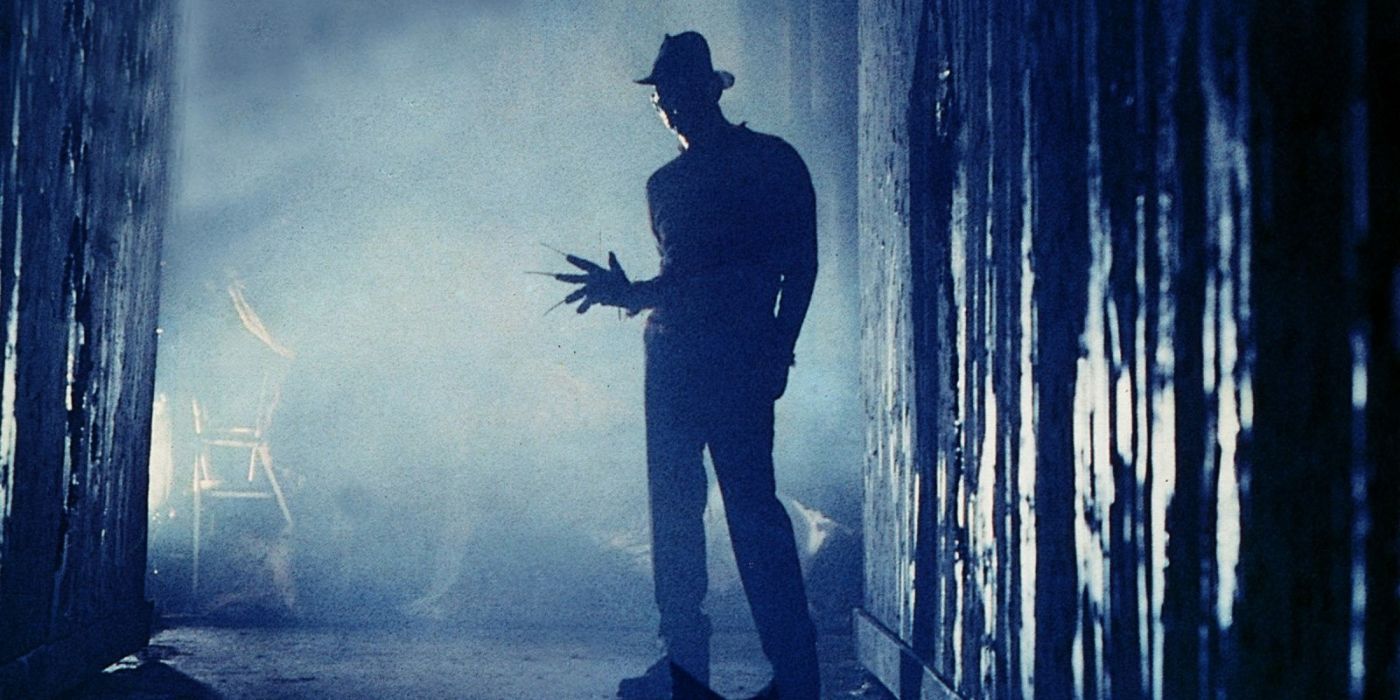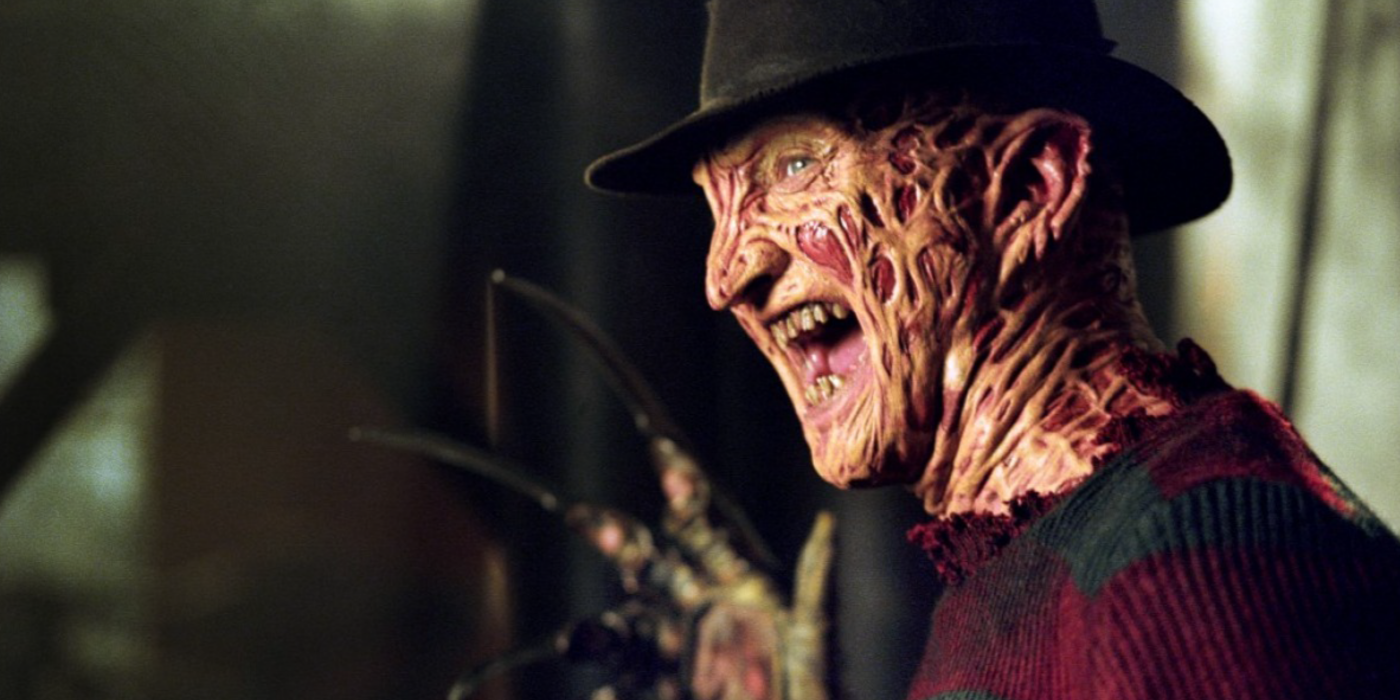Wes Craven’s A Nightmare On Elm Street brought Freddy Krueger, the claw-handed, sweater-wearing, ruler of the dream world to life as one of the most recognizable slasher villains of the 1980s, but the now-iconic slasher only received seven minutes of screen time in the original movie. Here's a look at why this happened.
In A Nightmare on Elm Street lore, Freddy Krueger was a child murderer in life who was killed by a group of vengeful parents who burned him to death, which resulted in him obtaining terrible facial and full-body scars. After death, Krueger lives on through fear and belief, returning to terrorize and kill the teenage residents of Springwood, Ohio in their sleep to get revenge on the community's parents.
Freddy Krueger became an instant hit with audiences of A Nightmare on Elm Street and would later go on to be the face of the franchise just as Chucky, Jason Voorhees, and Michael Myers in their respective movies. However, his total screen time in the original film only amounted to about seven minutes in total, so why did Krueger end up with such a big role in the rest of the franchise?
Played by Robert Englund in Craven’s 1984 classic, Freddy Krueger would soon become the face of the Nightmare on Elm Street franchise despite only having a little screen time in the original movie. It makes sense that Craven would treat his killer like other monsters in horror for the first outing — he likely wanted to leave as much to imagination as possible. By keeping the villain hidden, or largely in shadow, it keeps the audience from getting desensitized and helps keep them scared. Leaving a lot to the imagination when it comes to villains is a traditional technique for most horror movies, helping to ramp up the fear in stories by focusing on either human or creature-type monsters. It can also be a great technique for lower-budget movies to help hide imperfections in their special effects and makeup, so it makes sense that director Wes Craven would have written the first Nightmare on Elm Street movie this way.
However, the child killer in the red and green sweater struck a strong silhouette on screen with his clawed glove and burned skin. Unlike similar killers of the era like Michael Myers of Halloween and Jason Voorhees of Friday the 13th, Freddy isn’t a silent, hulking shape that hunts teenagers without anything to say for himself. Freddy Krueger has much more personality and dialogue than other slashers, a feature that arose from a combination of both Craven’s writing and Robert Englund’s performance. This made him not only scary, but also comedic and engaging on screen, which in turn made audiences want more of him in sequels.
Ultimately, the audience's reaction to Freddy Krueger is what shaped the direction of the future of the Nightmare on Elm Street franchise, bringing in more of Freddy with snappier lines that denote his characteristic sarcasm and wit. This direction also changed the Freddy Krueger character and drove the movies more towards horror/comedy, though, which did have an impact on the level of actual scares in the later iterations in the series. Because of this, it’s arguable whether or not bringing Freddy to the forefront of the A Nightmare on Elm Street movies was a good decision for the franchise. It led to a lot of really cheesy, fun '80s horror moments, highly quotable lines, and creative kills, but it also steered the franchise away from being as scary as the original movie was, and probably had a lot to do with its eventual end.


